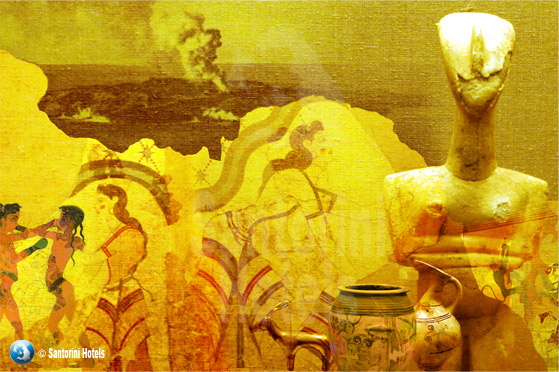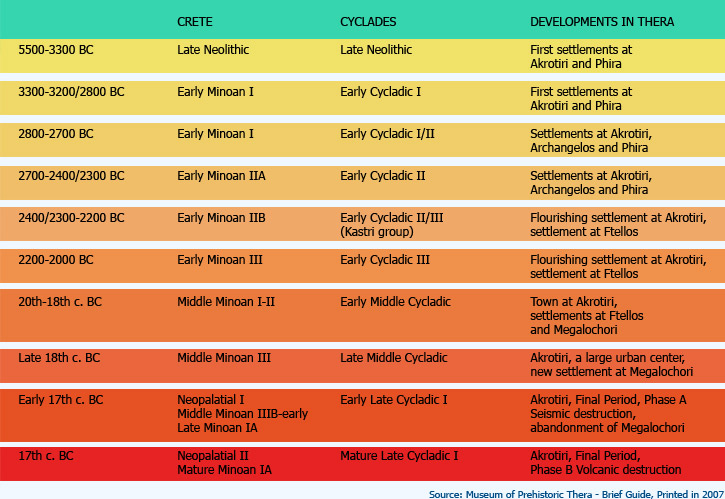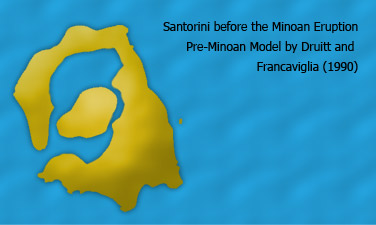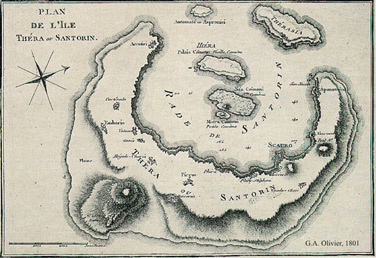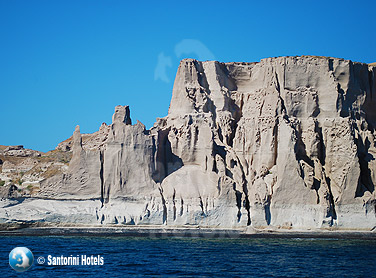Santorini Island: Brief History
Millions of years ago, there was a landmass where the Aegean Sea is today. About 4.5-2.5 million years ago, the sea penetrated and flooded this area, leaving only the mountain peaks protrude above the surface. These became the Aegean islands.
In the place where Santorini is today, there were just some rocky islets until the awakening of the volcano, about 1.5 million years ago. The material that was produced by the eruptions united the islets and a new island of circular shape was created. According to Herodotus, it was called "Strongyli", which means "round".
The island has been dwelled from at least the mid-5th millennium BC. There were several settlements, but the most important of them was Akrotiri, which became a major urban center and developed an advanced civilization. It was suddenly destroyed at its peak by a tremendous volcanic explosion, which is considered to be one of the most powerful ones in the history of the world.
This dreadful catastrophe took place in the 17th century BC. Almost half of the island sank, creating a rare phenomenon, the caldera, and enormous tidal waves affected several parts of Greece. What was left from Santorini was buried under a thick layer of pumice and tephra.
It took two to three centuries until the island was re-inhabited by the Phoenicians. They named the island "Calliste", which means "The Most Beautiful". The name Thera was given by the Spartans who arrived there in the late 12th century BC. The name Santorini was given much later, in the 13th century AD and it refers to Saint Irene (Santa Irini).
The walls of caldera are rich in evidence for the reconstruction of the geological history of Santorini. Fossils of palm and olive trees, insects and aquatic micro-organisms document that the Mediterranean climate has been temperate at least for the past 50.000-60.000 years, that these species are indigenous and that 18.000 years ago, there was a water-filled caldera that was connected to the sea by a channel in the southwest part of the island.
|
